An effective, data-driven room pricing strategy is the cornerstone of hotel distribution management, with the ultimate goal of finding the ideal price per room that ensures you can maximize revenue without losing guests to competing properties.
9 Effective Strategies for Rate Pricing
While overall rate optimization is the main objective, there are various ways to get there. In this article, you will find nine effective strategies for rate pricing and how they can help drive profitability as well as what additional factors to consider when choosing which strategies to implement.
Competitor-Based
Keeping up with market trends and staying competitive within your local market is vital to rate management. With a competitor-based rate strategy, you create your rate prices in part by understanding the room rates (by room category) for hotels within your comp set, including how and when those prices increase or decrease (and why). Rate changes can be affected by local factors such as events and holidays, weather, and larger travel trends from across the country or the globe.
Knowing how your rates compare to your direct competition can ensure you are pricing accurately and not driving away potential guests or leaving too much revenue on the table by undervaluing your inventory.
Forecasting-Based
Historically, forecasting has played a major role in rate setting based on previous data around occupancy, rates, and spending for specific timeframes. Post-COVID, historical data has been uneven at best, especially for business and group travel. However, as the industry continues to recover, using forecasting with the right metrics can help you understand the potential for future demand by looking at previous months and year-over-year data.
With the right forecasting tools and the ability to determine when historical data is relevant, you can optimize room rates and make informed decisions on group travel RFPs based on the expected occupancy around those dates.
Length-of Stay
As the name suggests, this strategy centers on modifying rates based on the length of stay for each guest, including any potential rules for a minimum number of nights required to receive a discount or special offer. To come up with the right number, you’ll need to consider various factors, including historical data around occupancy for that timeframe and outside factors, such as if the stay dates coincide with holidays or major local events. When done correctly, these types of rate promotions can help drive occupancy during slower demand periods.
Segment-Based
Segment-based rate setting involves creating unique rates for the same room type for different customer segments, which can significantly impact a hotel’s total revenue. You can create these segments by the volume of rooms being booked, when the room was booked, the length of stay for that booking, and other factors.
For example, offering a lower rate to Guest A than Guest B for the same room category when Guest A books a longer length of stay, or offering Guest C lower rates for being a corporate customer booking 10 rooms at the same time vs. Guest D who is a walk-in seeking a single room for a one-night stay.
Incentive-Based
Everyone loves a reward, and with incentive-based pricing, you can drive demand by giving valued guests special packages, promotions, or rate discounts that provide an extra push to make the booking. Use the guest profiles in your CRM to create email and/or social media campaigns for previous guests with a special promo for booking directly on your website.
Cancelation Policy
One of the biggest booking trends that came out of the pandemic was the guest preference for flexible cancellation policies. The flip side of this preference is many guests willing to opt for lower prices as part of a non-refundable/non-cancellable rate plan. With non-refundable rates, you are assured of revenue, even if that guest cancels at the last minute – which can be a saving grace during high occupancy periods.
Upselling
Upselling allows you to drive additional revenue by encouraging guests to upgrade their reservation when booking. This can include moving from their initial room type choice to a higher category for better views, swapping a room reservation for a suite, offering the option to purchase additional in-room amenities, or adding on hotel services such as valet parking or late check-out.
Cross-Selling
One of the most effective strategies for increasing revenue is successfully cross-selling your guests on additional services and ancillary spending at your property. The key is to not blast generic offers at everyone but create targeted cross-sell opportunities aimed at the guests most interested in that service or amenity. This includes airport transfers for fly-in market guests to spa services, guided tours, and other specialized experiences.
Rate-Parity Strategy
At the end of the day, travelers want to know that they received the best possible rate (or at least a fair rate) when making travel plans. Giving those guests the confidence that your rates are competitive is a key factor in generating loyalty and repeat visits. With rate parity, guests are assured that booking directly on your website will meet or beat the best prices from an OTA. Even when you provide a discount to make your rate more competitive, you’ll still enjoy more revenue at the end of the day by bypassing the hefty commission fees you’d need to pay to an OTA for the same booking.
Pick a Proven Partner
Even given all of the above, conversions aren’t a guarantee. There are just as many reasons for a guest to book a room (or not to) as there are guests. So, while there are always steps you can take to help move the ball toward your own goal, it’s still advantageous to give yourself every competitive edge possible. It starts by enlisting the assistance of partners who intrinsically understand how to boost conversion via proven strategies and industry-leading methodology paired with a CRS platform and booking engine.
In summary, successful hotel distribution management hinges on a well-informed room pricing approach. Striking the perfect balance in pricing is pivotal in ensuring maximum revenue while retaining guests amidst competition. While the overarching aim is rate optimization, there are multiple paths to achieve it.
Free Guide: 5 Data-driven Strategies for Optimizing Your Hotel Revenue
When all of the proper components are in place, data-driven tactics lead to success. Download the five essential data-driven strategies for maximizing hotel revenue and get your teams and data on the right track.
Click here to download the “5 Data-driven Strategies for Optimizing Your Hotel Revenue” guide.
More Tips to Grow Your Business
Revfine.com is the leading knowledge platform for the hospitality and travel industry. Professionals use our insights, strategies, and actionable tips to get inspired, optimize revenue, innovate processes, and improve customer experience.Explore expert advice on management, marketing, revenue management, operations, software, and technology in our dedicated Hotel, Hospitality, and Travel & Tourism categories.

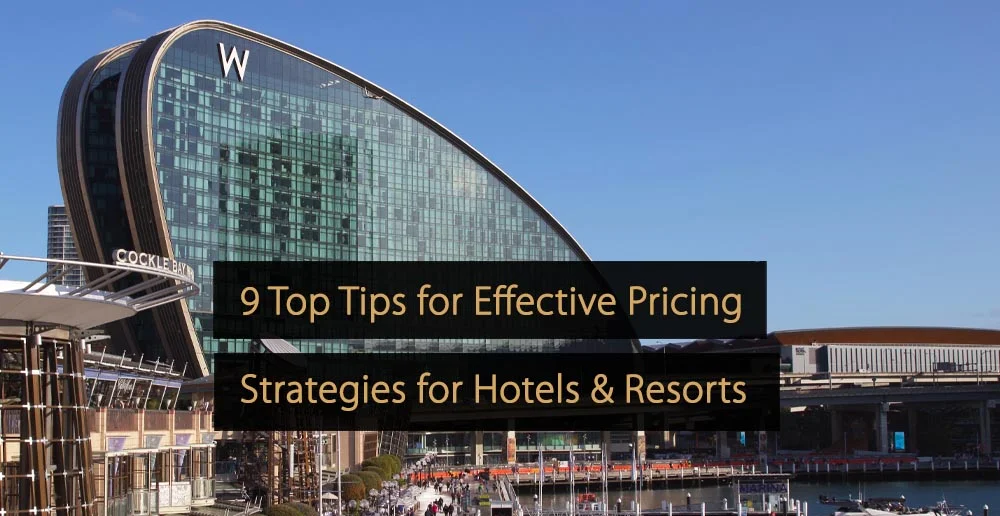
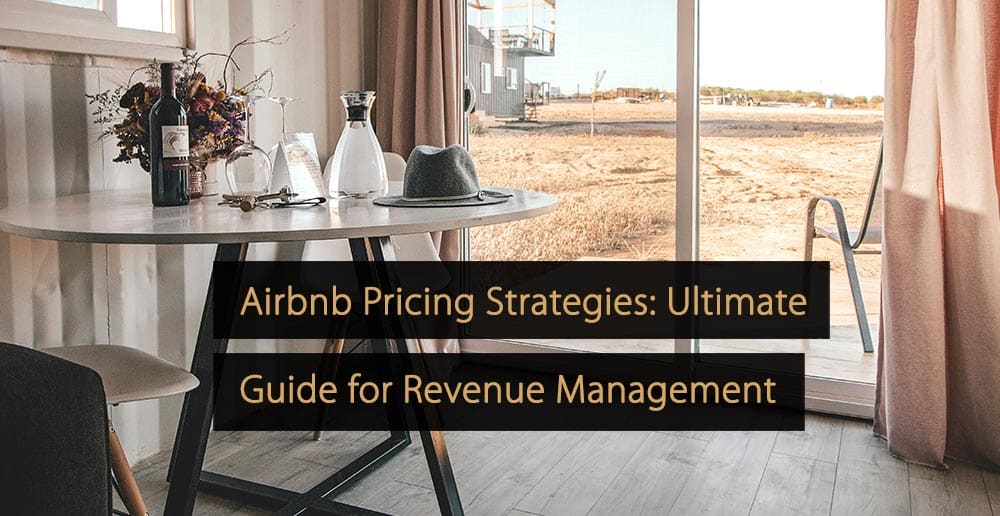
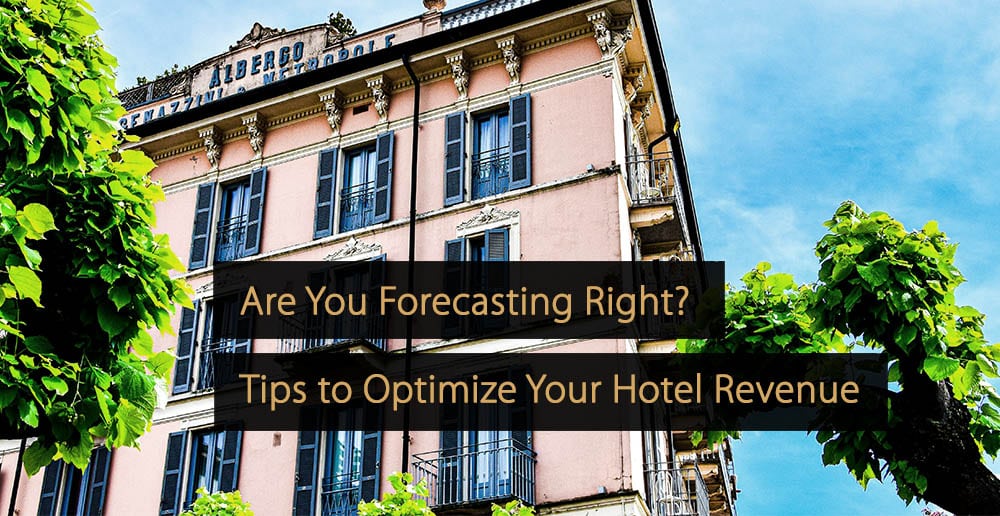
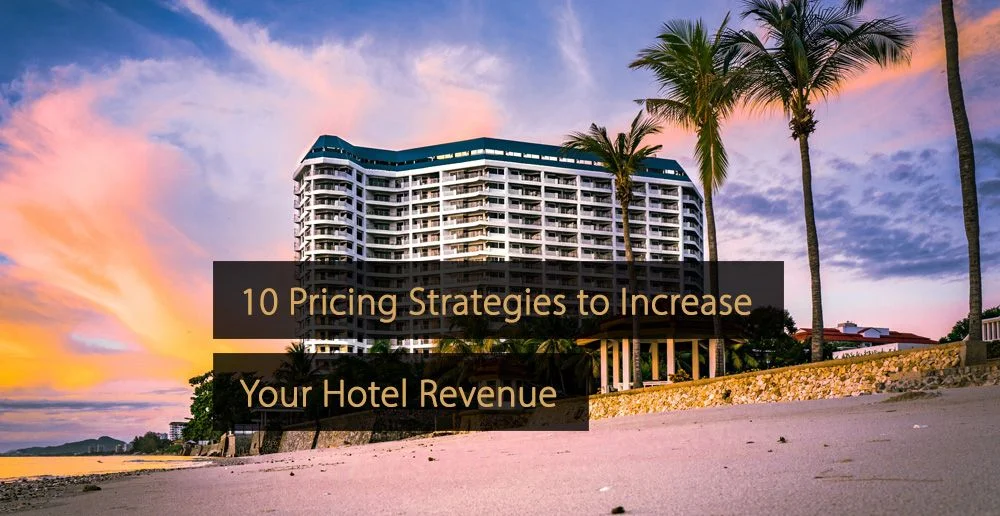
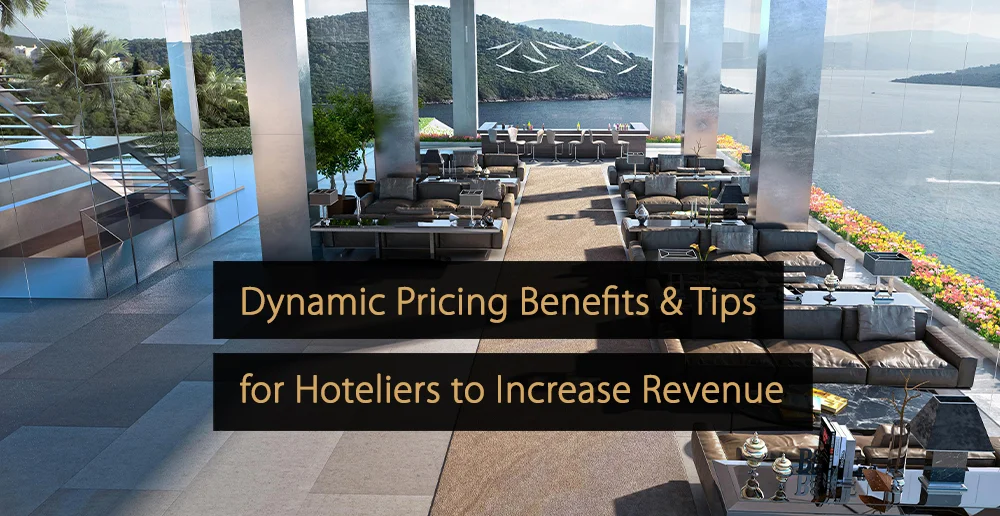
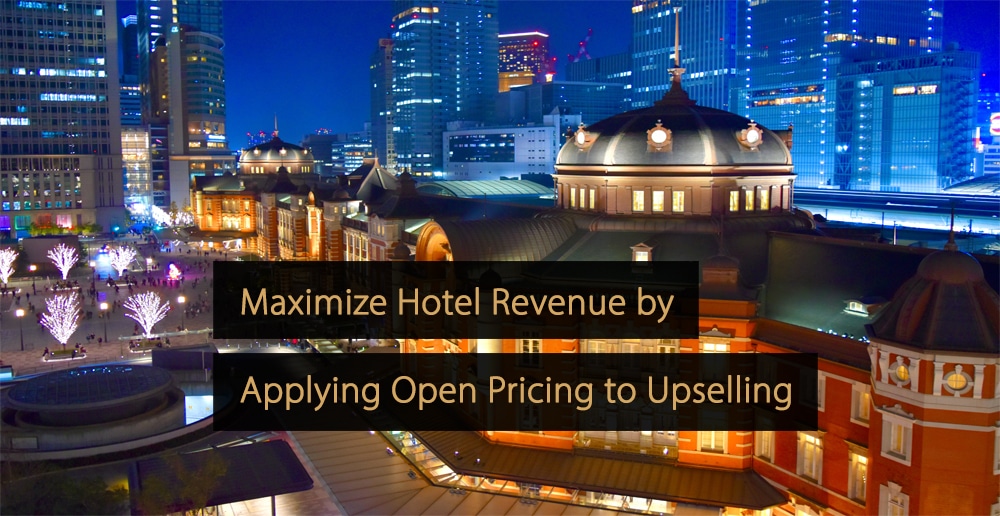
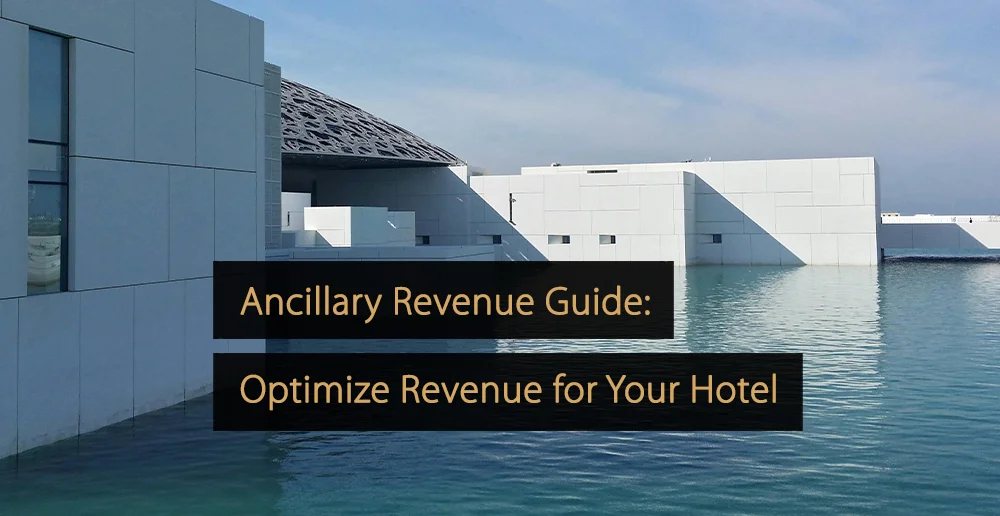
Leave A Comment